How to Grow Peppermint: Pro Tips for Thriving Plants in Any Garden
- March 25, 2024
- 0 comment
How to Grow Peppermint outlines the process for cultivating Mentha × piperita, a perennial herb cherished for its fragrant leaves and multifaceted applications in culinary arts, tea blends, and homeopathic treatments. Embarking on the journey of growing peppermint at home not only yields a rewarding experience but also offers practical benefits. This guide provides comprehensive instructions for nurturing peppermint, whether in your garden or within the comfort of your home, ensuring a flourishing growth of this aromatic and versatile plant.
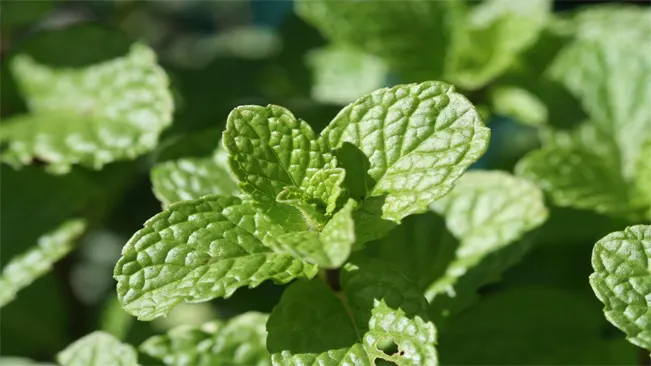
Peppermint Benefits
| Benefit | Description |
|---|---|
| Digestive Health | Peppermint can relieve digestive symptoms like gas, bloating, and indigestion. It relaxes the digestive tract and may improve symptoms of irritable bowel syndrome (IBS). |
| Pain Relief | Applied topically, peppermint oil can help relieve pain, particularly tension headaches and migraines. |
| Freshens Breath | Its antibacterial properties and strong aroma make peppermint a natural choice for freshening breath. |
| Nausea and Vomiting | Peppermint aroma can help reduce feelings of nausea and may be helpful in easing vomiting. |
| Respiratory Benefits | Inhaling peppermint oil can help clear nasal passages, making it beneficial for those with colds, coughs, asthma, or allergies. |
| Mental Clarity and Energy | The scent of peppermint can improve mental clarity and alertness, providing a natural energy boost. |
| Skin Health | Peppermint oil’s antiseptic and antibacterial properties can help improve skin health by reducing acne and soothing irritated skin. |
| Soothes Muscle Aches | Peppermint oil has muscle-relaxing and analgesic properties, making it useful in soothing sore muscles. |
| Sinus Relief | The menthol in peppermint helps in clearing sinuses and provides relief from sinusitis symptoms. |
| Dental Health | Peppermint’s antibacterial properties can also contribute to healthier gums and teeth when used in dental care products. |
List on How To Grow Peppermint
- Choosing the Right Location
- Planting Peppermint
- Caring for Peppermint Plants
- Harvesting and Using Peppermint
- Growing Peppermint Indoors
Choosing the Right Location
Sunlight
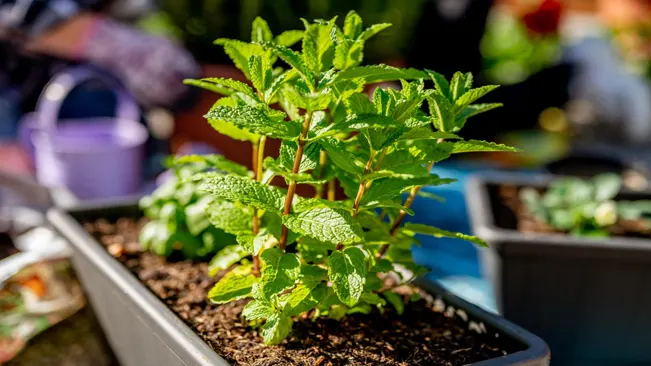
- Intensity and Duration: Peppermint is versatile when it comes to sunlight exposure. While it thrives in full sun (6+ hours of direct sunlight), it can also do well in partial shade (about 4-6 hours of sun). The intensity of the sun it receives can affect its growth and oil content. More sun typically leads to stronger flavors and aromas.
- Adaptation: In hotter climates, peppermint benefits from afternoon shade to protect it from scorching, whereas in cooler climates, it might need the full day’s sun to thrive.
- Indoor Growth: If you’re growing peppermint indoors, a south-facing window is usually ideal. Supplementing with grow lights can be beneficial during shorter winter days.
Soil

- Composition: The ideal soil for peppermint is rich in organic matter, which helps retain moisture without becoming waterlogged. Peat moss, compost, or well-rotted manure can be mixed into the soil to improve its quality.
- Drainage: Good drainage is crucial to prevent root rot. While peppermint likes moist soil, it doesn’t do well in soggy conditions. If planting in a garden bed, ensure the site doesn’t collect standing water. In containers, use a potting mix designed for herbs or vegetables, which usually has good drainage.
- pH Level: Peppermint generally prefers a slightly acidic to neutral pH (around 6.0 to 7.0). If you’re unsure about your soil’s pH, a simple soil test can provide this information.
Space

- Containment: Due to its invasive nature, peppermint is often best grown in pots or containers. This prevents it from taking over your garden and makes it easier to manage. A container with a diameter of at least 12-18 inches is suitable for one peppermint plant.
- Garden Beds: If you choose to plant peppermint directly in the ground, consider using barriers like buried edging or planters without bottoms to restrict root spread.
- Spacing Between Plants: When planting multiple peppermint plants, space them about 18-24 inches apart to allow for adequate airflow and growth. Overcrowding can lead to pest problems and poor circulation.
Planting Peppermint
Starting from Seeds
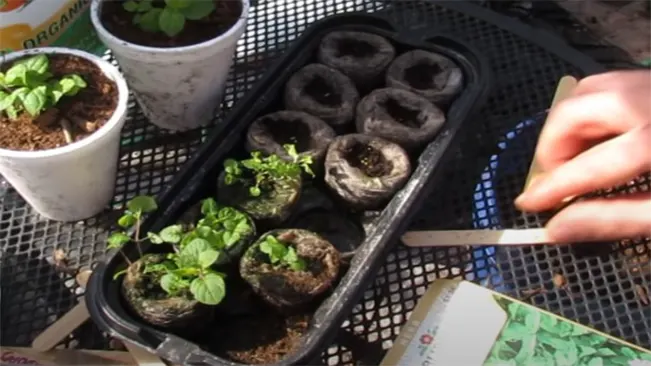
- Germination Inconsistency: Peppermint seeds have a reputation for unpredictable germination. This means that even with a large number of seeds, only a few might sprout.
- Genetic Variation: Peppermint is a hybrid plant, and seeds might not produce plants identical to the parent, leading to variations in flavor and growth habits.
- Longer Growth Time: Growing peppermint from seeds takes longer to establish plants compared to cuttings or seedlings.
Planting Cuttings or Seedlings
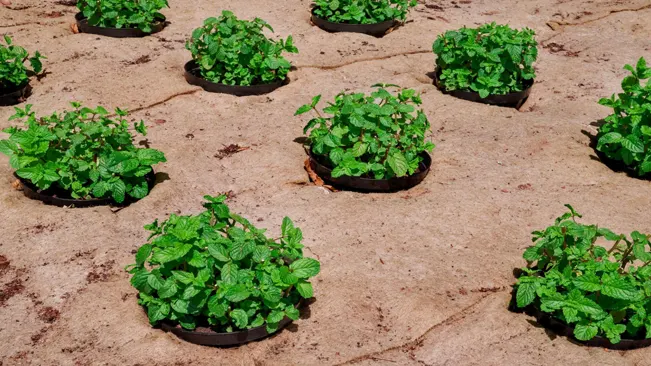
- Root Cuttings: These are sections of a plant’s roots used to grow new plants. They tend to have a higher success rate and produce plants identical to the parent.
- Spacing: When planting cuttings or seedlings, space them about 18-24 inches apart. This spacing is crucial because peppermint plants can grow quite bushy and need room to spread.
- Depth and Soil: Plant the cuttings or seedlings at the same depth they were growing previously. The soil should be rich in organic matter and well-draining to prevent waterlogging.
Watering

- Moisture Level: Peppermint prefers consistently moist soil. Check the soil regularly; if the top inch feels dry, it’s time to water.
- Avoid Overwatering: Too much water can lead to root rot, a common problem in poorly draining soils. Ensure your planting location or container has good drainage.
- Mulching: Applying a layer of organic mulch around the plants can help retain soil moisture and reduce watering frequency.
Caring for Peppermint Plants
Fertilizing
Peppermint doesn’t require a lot of nutrients, but a little bit of care in this area can lead to a more robust and flavorful harvest.
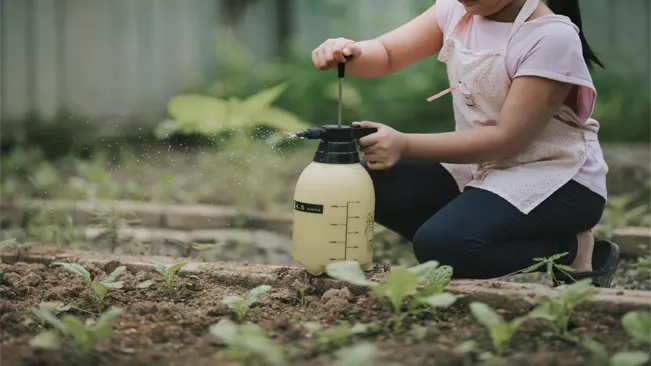
- Type of Fertilizer: Use a balanced, all-purpose fertilizer. An N-P-K (Nitrogen-Phosphorus-Potassium) ratio of 10-10-10 or similar is ideal.
- Frequency: Apply the fertilizer lightly in the spring as new growth appears. Over-fertilizing can lead to excessive foliage with less flavor.
- Organic Options: If you prefer organic gardening, you can use compost or a seaweed-based fertilizer. These options also help improve soil structure and add beneficial microorganisms.
Pruning
Pruning is essential for maintaining a healthy peppermint plant and ensuring a steady supply of fresh leaves

- Timing: Start pruning as soon as the plant reaches about 6 inches in height.
- Method: Pinch off or cut the stems just above a set of leaves. This encourages the plant to grow more side shoots, leading to a bushier plant.
- Flowering: Peppermint will try to flower in late spring or early summer. Pinching off the flower buds redirects the plant’s energy into leaf growth. Leaves tend to be more aromatic and flavorful before the plant flowers.
Pest and Disease Management
- Common Pests: Aphids, spider mites, and occasionally caterpillars. These can be identified by visual inspection – aphids and spider mites are tiny insects found on the underside of the leaves.
- Natural Remedies: Neem oil is an effective organic option. It’s safe for the plant and the environment and helps in controlling a wide range of pests.
- Preventive Measures: Ensuring good air circulation, proper watering, and hygiene can prevent many common issues. Avoid overhead watering to prevent fungal diseases.
- Disease Watch: Keep an eye out for rust, powdery mildew, or leaf spot. These fungal diseases can be managed by reducing leaf wetness and applying fungicides if necessary.
Harvesting and Using Peppermint
When to Harvest
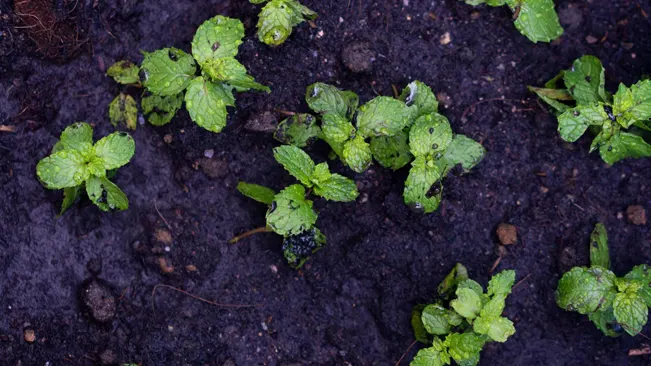
- The ideal time to harvest peppermint is during the late morning, after the dew has evaporated but before the sun is at its peak. This is when the concentration of essential oils in the leaves is highest, which maximizes the flavor and aroma.
- Peppermint plants are usually ready for their first harvest just before they start to flower, typically a few months after planting.
How to Harvest
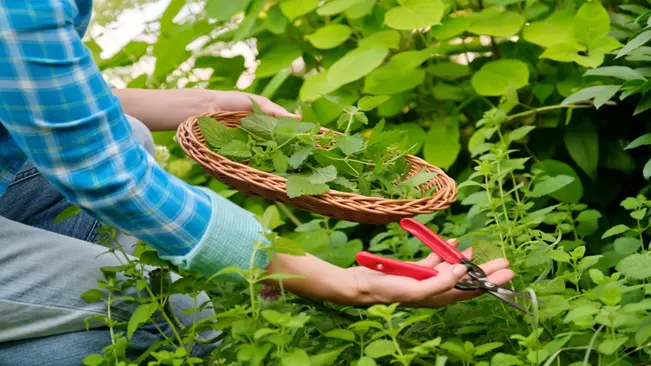
- To harvest peppermint, use clean, sharp scissors or garden shears. Gently snip the stems about an inch or two above the ground or just above a set of leaves.
- Avoid harvesting more than one-third of the plant at a time. This practice ensures that the plant remains healthy and can continue to grow.
- Regular harvesting, especially before the plant flowers, encourages the peppermint to become bushier and produce more leaves.
Storage and Usage
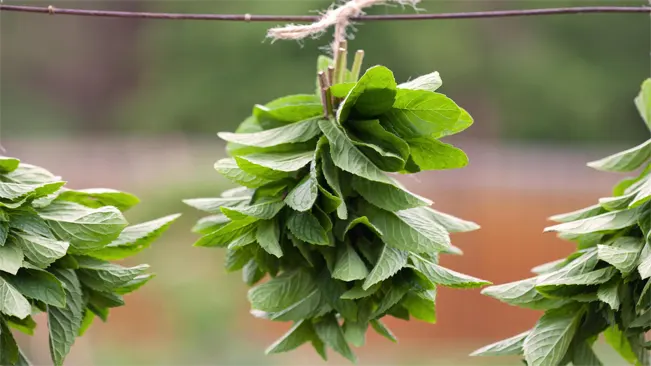
- Fresh Leaves: Fresh peppermint leaves can be used immediately in recipes, teas, or as garnishes. To store fresh leaves, wrap them in a damp paper towel and place them inside a plastic bag in the refrigerator. This can keep them fresh for several days.
- Drying for Long-Term Storage: To dry peppermint leaves, hang the stems upside down in a dry, dark, well-ventilated area. Once completely dry, crumble the leaves and store them in an airtight container away from light and heat. Dried peppermint can be used for several months.
- Freezing: Another method for long-term storage is freezing the leaves. You can freeze them whole, chopped, or crushed in ice cube trays with water.
Additional Uses of Peppermint
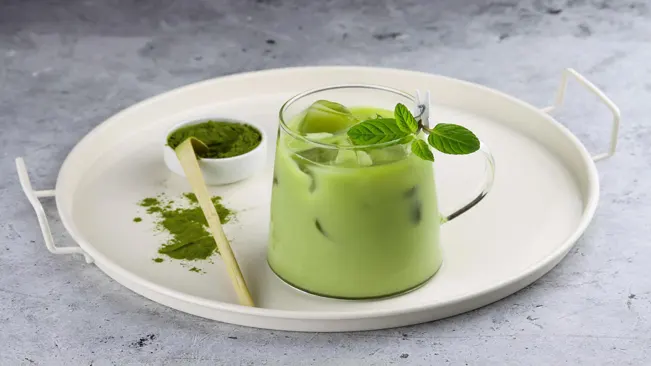
- Culinary Uses: Peppermint is widely used in dishes, desserts, and beverages for its refreshing flavor. It’s a staple in teas, cocktails, salads, and sauces.
- Medicinal Uses: Peppermint has been used for centuries in herbal medicine. It can help with digestion, relieve nausea, and is used in aromatherapy for its soothing properties.
- Cosmetic Uses: Peppermint oil is also incorporated into various beauty and skincare products for its cooling effect and pleasant scent.
Growing Peppermint Indoors
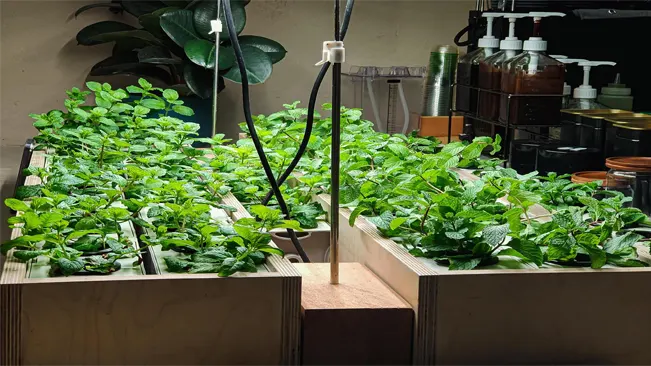
Potting
- Container Choice: Opt for a container with at least one drainage hole to prevent waterlogging. The size of the pot should be proportionate to the plant’s size, with room for growth.
- Soil Mix: A mixture of potting soil, perlite, and sand is ideal. This ensures good drainage and aeration, crucial for healthy root development. Peppermint prefers slightly acidic to neutral soil pH.
- Repotting: Peppermint plants may need to be repotted annually as they grow. When you notice roots coming out of the drainage holes or growth slowing down, it’s time to repot into a larger container.
Light
- Sunlight Requirements: Peppermint plants need about 4-6 hours of sunlight daily. If natural light is limited, rotate the plant occasionally to ensure even growth.
- Grow Lights: In the absence of sufficient natural light, grow lights are a great alternative. LED or fluorescent grow lights can provide the necessary spectrum of light. Keep the lights on for about 12-16 hours a day to mimic natural daylight.
Water and Fertilizer
- Watering: Overwatering is a common issue with indoor plants. Allow the top inch of soil to dry out before watering again. This prevents root rot and other water-related issues.
- Fertilizer: Use a balanced, water-soluble fertilizer diluted to half the recommended strength. Fertilizing every 4-6 weeks during the growing season (spring and summer) will support healthy growth. Reduce fertilizing in the fall and winter when the plant’s growth naturally slows down.
Additional Tips for Indoor Peppermint Care
- Humidity: Peppermint plants enjoy a bit of humidity. If your home is dry, especially in winter, consider using a humidifier or placing a water tray near the plant.
- Pruning and Harvesting: Regular harvesting of the leaves will keep your peppermint plant bushy and healthy. Pinch off the tops and any flower buds to encourage leaf production.
- Pest Control: Keep an eye out for common indoor pests like spider mites or aphids. You can use a natural insecticide like neem oil to control these pests.
- Rotation: Regularly rotating your peppermint plant ensures that all sides receive equal light, promoting uniform growth.
Conclusion
Growing peppermint is a simple and fulfilling endeavor. Whether in a garden bed or a container, peppermint’s fragrant leaves are a delightful addition to any home. With proper care, your peppermint plant will provide fresh, aromatic leaves for teas, culinary creations, and more.
FAQs (Frequently Asked Questions)
- Can I grow peppermint from seeds?
- Yes, peppermint can be grown from seeds, but it’s often more effective to start with cuttings or young plants, as seeds can have variable germination rates.
- Yes, peppermint can be grown from seeds, but it’s often more effective to start with cuttings or young plants, as seeds can have variable germination rates.
- How much sun does peppermint need?
- Peppermint prefers partial to full sun, requiring about 4-6 hours of sunlight per day for optimal growth.
- Peppermint prefers partial to full sun, requiring about 4-6 hours of sunlight per day for optimal growth.
- What type of soil is best for peppermint?
- Well-draining, moist soil with a slightly acidic to neutral pH is ideal for peppermint.
- Well-draining, moist soil with a slightly acidic to neutral pH is ideal for peppermint.
- How often should I water peppermint?
- Keep the soil consistently moist, but be careful not to overwater. Allow the topsoil to dry out slightly between waterings.
- Keep the soil consistently moist, but be careful not to overwater. Allow the topsoil to dry out slightly between waterings.
- Is peppermint invasive?
- Yes, peppermint can be invasive. It’s often recommended to plant it in containers or confined spaces to control its spread.
- Yes, peppermint can be invasive. It’s often recommended to plant it in containers or confined spaces to control its spread.
- When is the best time to harvest peppermint leaves?
- Harvest in the morning when the essential oils are strongest, preferably before the plant starts flowering.
- Harvest in the morning when the essential oils are strongest, preferably before the plant starts flowering.
- How can I prevent my peppermint plant from spreading too much?
- Growing peppermint in pots or raised beds can help contain its growth. Regular pruning and harvesting also help keep it in check.
- Growing peppermint in pots or raised beds can help contain its growth. Regular pruning and harvesting also help keep it in check.
- Can I grow peppermint indoors?
- Yes, peppermint can be grown indoors. Ensure it has enough light, either from a sunny window or using grow lights, and water it regularly.
- Yes, peppermint can be grown indoors. Ensure it has enough light, either from a sunny window or using grow lights, and water it regularly.
- How do I propagate peppermint?
- Peppermint is easily propagated by taking stem cuttings and rooting them in water or soil.
- Peppermint is easily propagated by taking stem cuttings and rooting them in water or soil.
- What common pests affect peppermint plants?
- Aphids, spider mites, and caterpillars can sometimes affect peppermint. Use organic pesticides or natural remedies like neem oil for control.
For more expert gardening and advice, explore our guides, discover top recommendations in our best section, and delve into in-depth product reviews in our review section. Happy Gardening.

Kristine Moore
Forestry AuthorI'm Kristine Moore, a seasoned garden landscaping professional with over 30 years of experience. My extensive career has been dedicated to transforming outdoor spaces into stunning, sustainable landscapes. With a deep understanding of horticulture, design principles, and environmental stewardship, I have become a respected figure in the field, known for creating harmonious, visually appealing, and eco-friendly gardens. My commitment to excellence and continuous learning in landscaping trends and techniques has solidified my reputation as an expert in garden design and implementation.




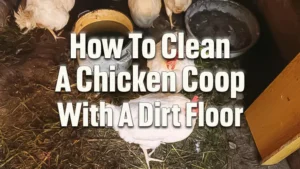


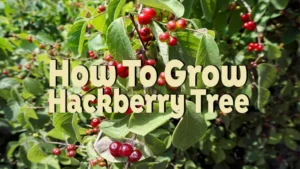
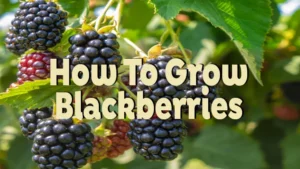




Leave your comment